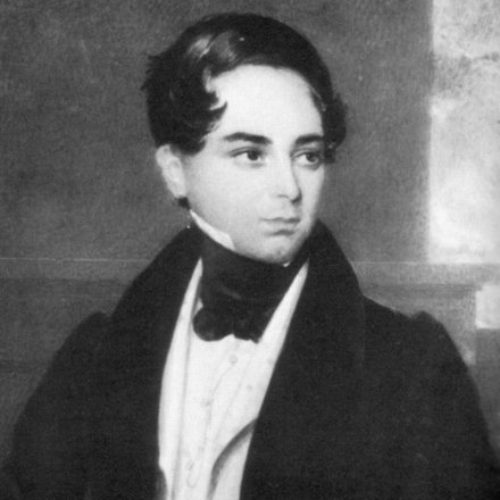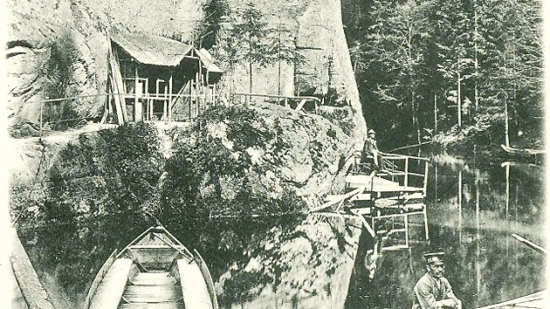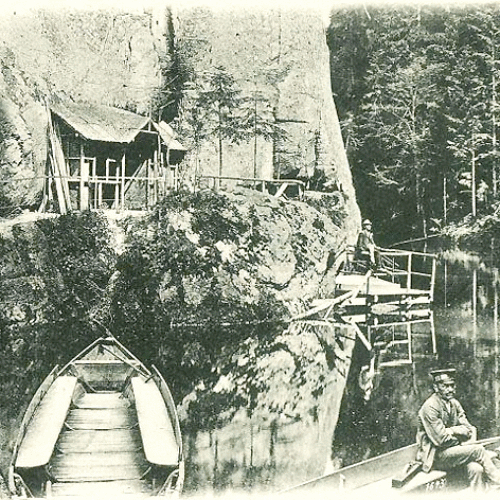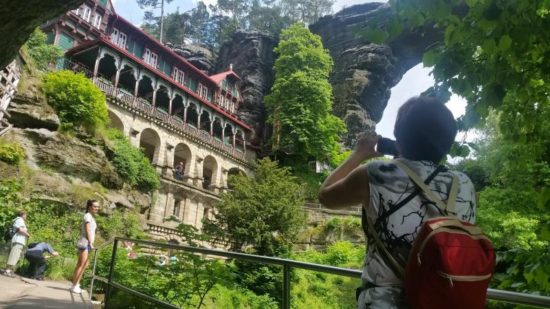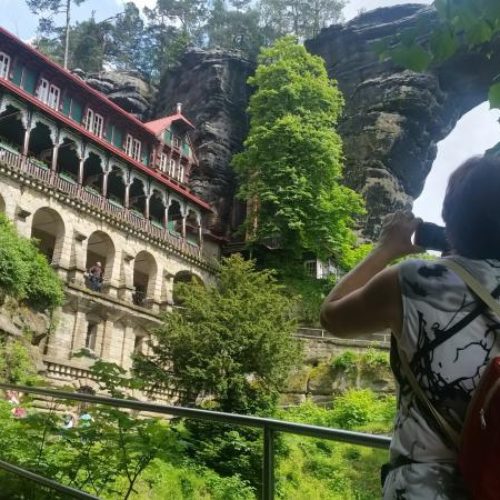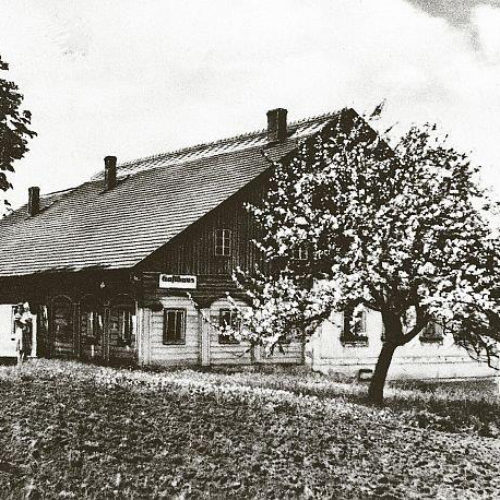Bohemian Switzerland is one of the first places in the world where business in the field of tourism began to develop. The first tourist attraction was the Bastei rock bridge (1851) and the Neuraten rock castle in Saxon Switzerland. The first tourists began to flock to Bohemian Switzerland already in the 19th century. The first business in tourism is associated with Count Edmund Clary-Aldringen (1813-1894) from Teplice. Clary-Aldringen in the 1930s. they created a path from Hřensk to Pravčická brána and supported the exhibition of hotels and inns. But it wasn’t until 1881 that Edmund had the Sokolí hnízdo hotel built near Pravčická brány with a capacity of 50 beds (now the hotel only has a restaurant in operation during the season).
Prince Edmund Clary-Aldringen also invested in making the area of the gorges accessible from the 1880s. As the owner of the local manor, he called in Italian experts who built footpaths, bridges, tunnels, footbridges and weirs for pedestrians in the area of the Kamenice canyon. As the first section, Tichá soutěska was opened in 1890, and a restaurant was subsequently created. At that time, five boats navigated the waters of the gorge. The popularity of the location continued to rise and in the 1920s the gorges were visited by 160,000 visitors per year (in season).
The neighboring estate was owned by Rudolf Kinský. The one from . 1832 to improve roads and build footbridges and bridges on Jetřichovicka. In 1864, the princely forest adjunct Ferdinand Náhlík from Rynartic published the first guide to part of Bohemian Switzerland here. .
In 1879, groups of the Mountain Association for Bohemian Switzerland (Gebirgsverein für die Böhmische Schweiz) were founded in Vysoké Lípa and Hřensk following the example of alpine associations – the Hřensk group had 92 members and was headed by Anton Clary.
Tourism in Bohemian Switzerland flourished until the 1930s, when it was significantly affected by World War II.
vlivněn 2.sv.válkou.


